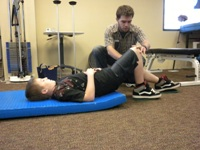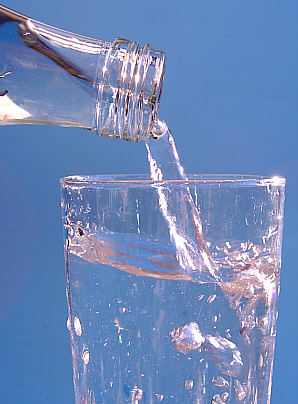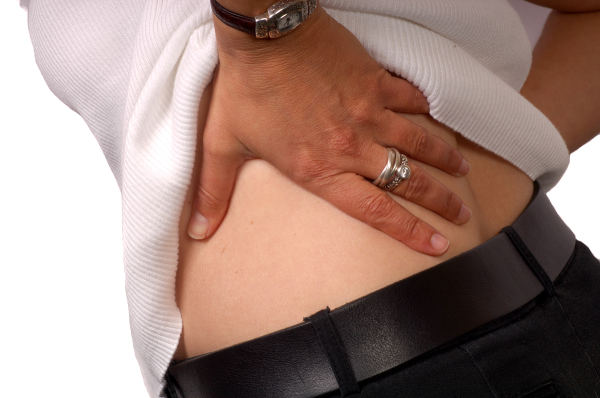When a patient begins rehab, one of the first questions I hear as a physical therapist is "how long is this going to take to get better?". After 23 years of practice,it has become evident that there are many variables involved. Below are 5 of the top factors that determine the speed of healing and the progress of rehab after injury or surgery.
Southwest Orthopaedic Physical Therapy Information Headquarters
Topics: health, fitness, physical therapy
We have all heard that drinking water is very important. During the winter months with the colder weather, we tend to not drink enough and can quickly become dehydrated. Over half of all Americans are chronically dehyrated and most of us even mistake our bodies need for thirst as hunger.
Hot Pack versus Ice Pack for Sprains and Strains, Which is Better
Studying does not have to be such a pain in your neck
Starting school again this New Year is going to bring lots of home work and late night studying for students. Improper body mechanics while reading and studying can cause unwanted back pain, neck pain and headaches. We can study in several different positions, but most people are sitting. Here are some tips for proper sitting mechanics:
Finding the proper shoe fit is essential for the health of your feet. You need to select shoes with the proper fit and support to ensure that your feet will support you throughout your life. Shoes that do not fit properly can cause a host of problems including calluses, corns, bunions, hammertoes, and general pain. This guide will help you avoid some of the most common mistakes people make when fitting themselves for shoes.
1. Try on your shoes! Don’t rely exclusively on the size marked by the manufacturer inside the shoe. Shoes sizes can vary by style and manufacturer, so even if you know your shoe size, decide whether the shoe fits based on how it feels when you try it on.
2. Spend a little time test walking your shoe selection to make sure they fit right. Even high fashion can be comfortable.
3. The ball of your foot should fit comfortably into the widest part, or the ball pocket, of the shoe.
4. Stand while the shoe is being fitted and ensure there is 3/8” to ½” of space in front of your longest toe at the end of each shoe.
5. Make sure both feet are measured. Most people have one foot that is larger than the other, so shoes shoe be fitted to the larger foot.
6. The heel of your feet shoe fit comfortably into the shoe with a minimum amount of slippage.
7. In general, select shoes that conform as nearly as possible to the natural shape of your foot.
8. Don’t buy shoes that are too tight and expect them to stretch to fit your feet.
9. The size of your feet increases throughout the day. Try on shoes at or near the end of the day when your feet are at their largest.
10. Get your feet measured every time you buy a new pair of shoes. The size of your feet will change as you get older.








